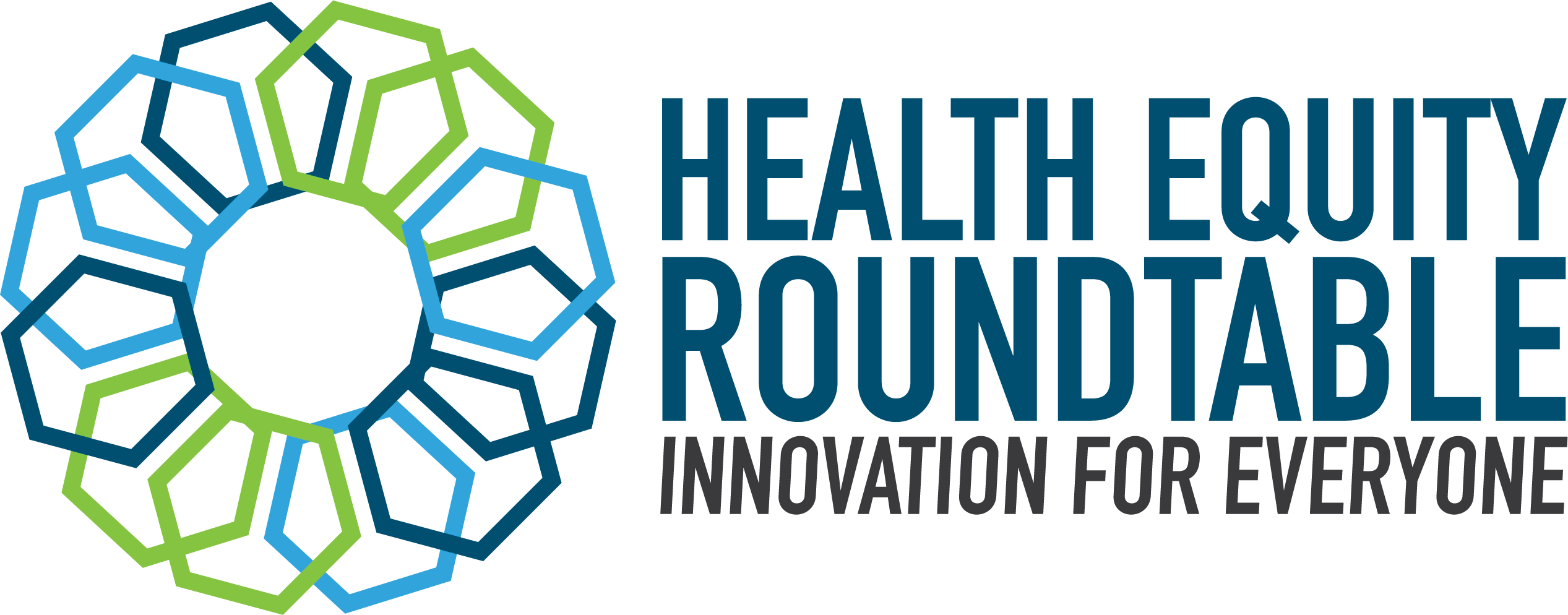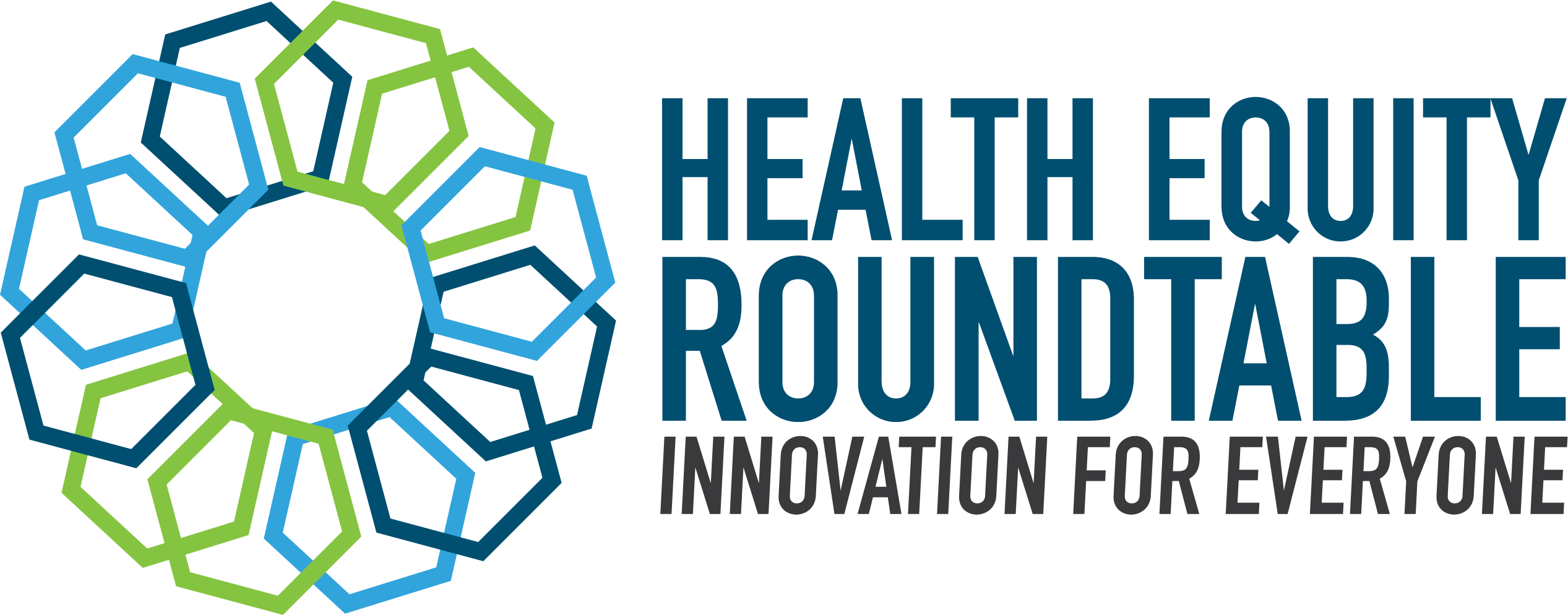
Every April, National Minority Health Month is observed. The month is dedicated to continuing to raise awareness about health disparities affecting racial and ethnic minority groups. Each year, briefings highlighting the latest statistics are held, panels discussing next steps to improve underlying social determinants of health are convened and researchers, public health experts and community activists continue to sound the alarm of the harm that years of neglect to communities of color and structural racism have caused in the health outcomes of these communities. As we observe National Minority Health month this year, the COVID-19 pandemic and the devastating impact of it on communities of color cannot be ignored.
A 2010 National institutes of Health (NIH) study found that black women are nearly eight years “biologically” older than white women, meaning that even if a white woman and a black woman are the same age, the cumulative effects of stress effectively “age” the black woman eight years beyond her actual chronological age. Black women’s bodies are overloaded by stress hormones, which in turn leads to pre-term birth (across socioeconomic strata) and the development or progression of all kinds of chronic diseases like high blood pressure and diabetes. These chronic conditions also appear to increase susceptibility to COVID-19 among black women and men. Often, these conditions can be prevented or managed through medication management, routine check-ups, and other lifestyle changes.
Systemic and longstanding issues with access to quality health care, and social determinants of health, like where people live, work and where children play, in communities of color worsen depending upon a family’s zip code. In fact, early data show COVID-19 is adversely impacting zip codes in which there is limited access to healthy foods, are marked by high-density living spaces and where some residents live who work in industries in which “sheltering in place” is not an option.
Data from cities and states, which is beginning to be collected and published, clearly illustrate that the faces of this public health crisis are those of people whose faces mirror my own in communities in which pre-existing health conditions like heart disease, diabetes and asthma, are pervasive. These conditions put those who live with them at high risk of contracting COVID-19.
Preliminary survey data show that in the 131 predominantly black counties across the nation, the COVID-19 infection rate is three times higher than in predominantly white counties, and the death rate is six times higher than in white counterpart counties. While the population of Chicago is only 30% black, 70% of COVID-19 related deaths come from that population. Louisiana has similar numbers and outcomes, and in New York City, blacks and Hispanics, who comprise 22% and 29% of the city’s population, respectively, make up 28% and 34% of COVID-19-related deaths. These outcomes are alarming and devastating both to the economic viability and vitality of cities across the country and to the many families who mourn each loss.
While PhRMA’s member companies are working tirelessly and diligently towards medicines and a vaccine to combat and eradicate COVID-19, we also recognize the need for evidence-based research and cross-sector partnership to tackle other key questions to address health inequity in communities of color. How can we standardize data collection to better target where resources and interventions are needed? Can better alignment between infrastructure and resources at the local, state and federal government level with community-based care coordination systems? What can be done to improve access and adherence to chronic disease management interventions that might be central to reducing impact of COVID-19? What are the best ways to assess the non-medical needs of communities like housing, food insecurity, and transportation? Every community is different, and each has a unique set of needs.
Last year we launched a mobile health fair program called Roadmap to Health, which brings educational tools, resources and health screenings free of charge to communities, including communities of color. Now, we seek to begin to answer the questions above with the launch of the PhRMA Collaborative Actions to Reach Equity (PhRMA CAREs) Grant. PhRMA CAREs will award grants for practical ideas that can be cultivated or implemented to address immediate challenges related to COVID-19 faced by communities of color and that may also demonstrate promise for long-term progress toward health equity solutions. Specifically, this initiative asks respondents to offer ideas to address the following challenge question:
What are practical solutions to address disparities in treatment of chronic conditions among communities of color that may be exacerbated by COVID-19?
Better management of chronic conditions is essential to promote meaningful progress towards greater health equity in the aftermath of the pandemic. By harnessing the collective ideas and evidence-based research and data — from the government, universities, patient advocates, physicians and the biopharmaceutical industry — together, we can make inroads on addressing and improving health outcomes for everyone.




